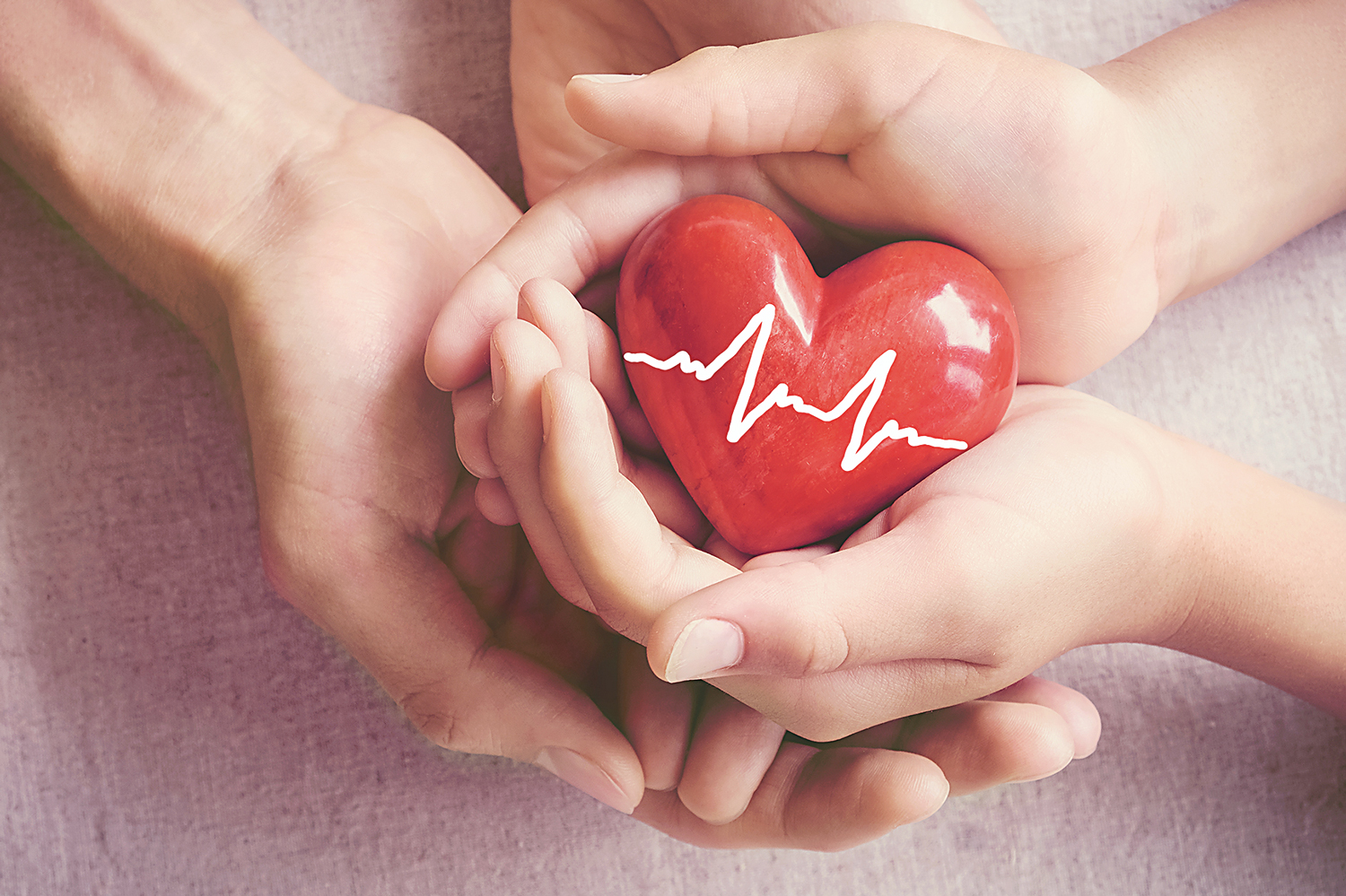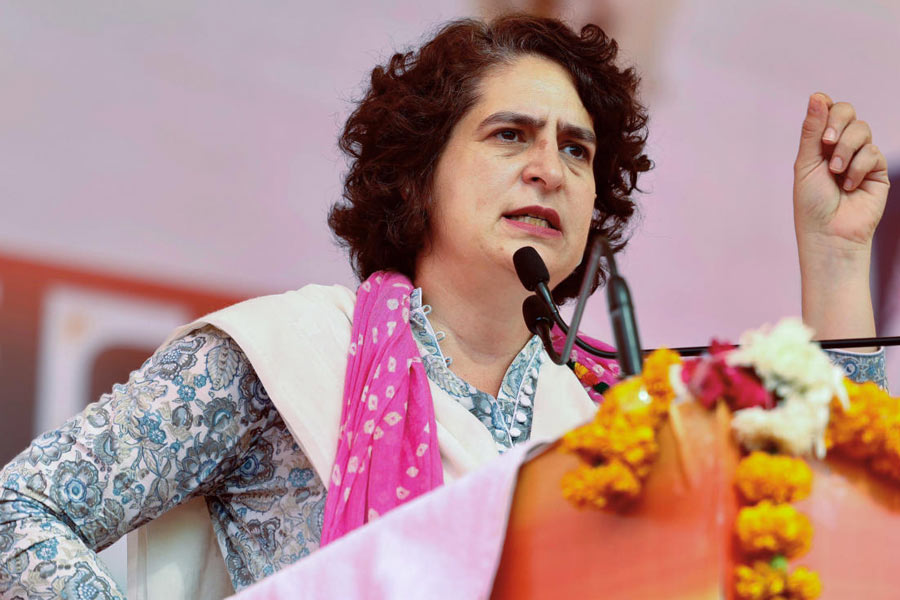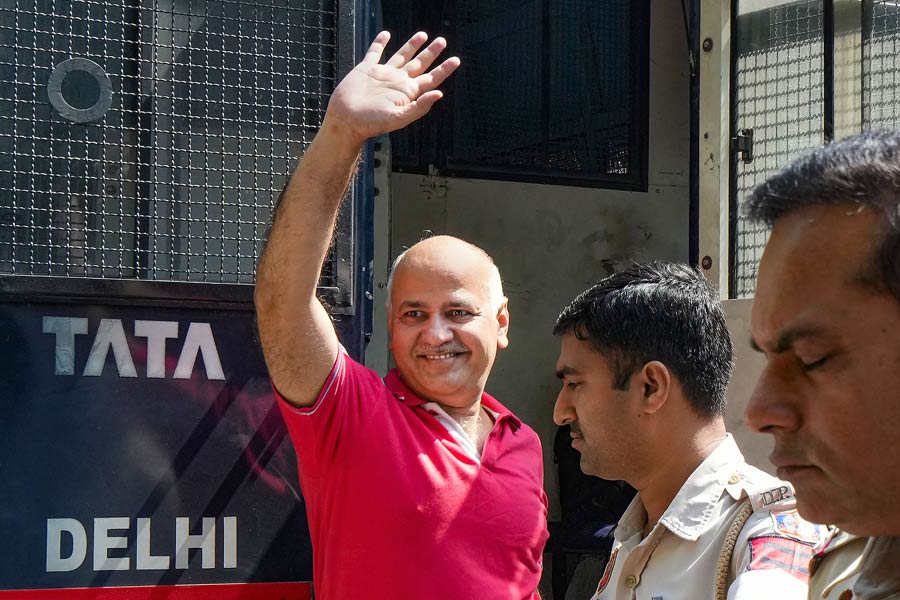Perching nervously on the edge of my sofa, I clutch my smartphone in my left hand and press my right forefinger over the camera. The device begins beeping, while numbers flash on the screen. I know not what they mean but I’m about to discover my heart rate — courtesy of an app. It cost just £2, which sounds like a fair price for the infinite number of times it allows me to check my ticker.
After a few seconds, the result is revealed: 71 beats per minute (bpm). To my relief, this is categorised by the app’s sliding scale as “normal”, as opposed to “slow” or “fast”. The “fast” section of the scale is coloured an alarming red, presumably to indicate danger. But if I found myself in the red, what would that actually mean? A warning of an imminent heart attack, or simply the need to get off my sofa and on to the treadmill?
Christopher Allen, a senior cardiac nurse with the British Heart Foundation, cautions that “before you start to analyse something you have to understand it. As a general guide, a resting heart rate between 60 and 100 is acceptable. The closer you get to 100, the more you might think ‘does it really need to be that high’?”
It can be brought down by exercising more, reducing stress, avoiding tobacco and, if necessary, losing weight — all basic steps we already know we should be taking for our health. So do we really need to be monitoring our heart rates, too? “It depends on why you’re looking at it,” says Allen.
Paradoxically perhaps, it’s the people of the younger generation who are more likely to use digital technology to check on their health, but the over-40s who more likely need to. “Over 40 we would start to say get your blood pressure and cholesterol checked because that’s when risks start to go up,” says Allen.
Those at risk of heart attacks caused by problems such as high blood pressure or diabetes may be just as likely to be female as male in future, too. Although men in Britain currently face triple the risk of heart attack because their lifestyles are generally less healthy, researchers from Oxford University, UK, revealed recently that per person, smoking, high blood pressure and diabetes produced a higher chance of heart attack in women.
But high blood pressure and high resting heart rate are not the same. While the latter refers to the speed at which the heart beats, blood pressure is a measure of the force your heart uses to pump blood around the body. If left untreated, those with high blood pressure are at increased risk of heart attacks and strokes. Apps can be used to track blood pressure as well as heart rate.
So if you are going to measure your heart rate at home, what do you need to know? Measure it a few times to obtain the true reading. “It’s so responsive, it can shoot up by 30 to 40 beats per minute if you’re anxious,” Allen says. The other consideration is app accuracy. A study last year found huge variability between commercially available heart rate monitoring apps. Says author Dr Christophe Wyss, a cardiologist at Heart Clinic Zurich in Switzerland, “The problem is that there is no law requiring validation of these apps and therefore no way for consumers to know if the results are accurate.”
However, a growing number of GPs welcome the trend for self-tracking. “Anything that makes a patient engage with their health is useful,” says Dr Luke Kane, a GP in Camden, north London. “But there have been lots of rubbish apps that haven’t been tested and have had no quality assurance, so that information is probably not that helpful.”
Being the curious (read: anxious) type when it comes to health, I re-checked my heart rate after exercise. Again, the significance of the numbers eluded me. I ask Allen what we should look for if tracking our heart rate post-workout. “The maximum heart rate is usually about 220 minus your age,” he says. “But there are lots of variables.”
More useful than heart rate measurement, however, is the self-tracking of irregular pulses, Dr Kane argues. Abnormal heart rhythm, or arrhythmia, can affect people of any age and may cause dizziness, fainting palpitations and shortness of breath. There is therefore a role for checking it every day on your phone for a few months, he suggests. This could help build up a picture for your doctor.
“That could have a massive impact on how many people have strokes,” says Dr Kane, explaining that patients identified as at risk could be offered blood-thinning medication.
Used correctly, he believes, smartphone technology that can reach those in danger is “really a game-changer. This will be happening everywhere in five years. It is the future of medicine.”










